The rain pours down with no signs of stopping as I slip into the furniture store. The intolerable weather wouldn’t stop me from buying that new cooking table I saved up for. I greet Palmo, the proprietor, and eagerly get ready to hand over my hard-earned gold. There’s just one problem.
“OH NOES!” Palmo exclaims. My pick-up inventory is full. The chemistry table I bought last time and forgot to take home sits in the corner waiting for its new life to begin, and Palmo can’t — or won’t — just give me the cooking table. That means I have to trudge back home with the chemistry one, come all the way back to Palmo’s, and then take the cooking table home. I don’t mind; it’s a slog, but the excitement of finally doing something with those ingredients at home outweighs the drudgery.
It’s been almost 10 years since the last new Rune Factory was released, and you might have expected the developers to do something a bit different for Rune Factory 5 — shake up inventory management, for example, or change how it works. Instead, the most significant change (aside from finally including same-sex marriage, though XSEED championed that) is the visuals.
Rune Factory 5 makes the jump to 3D, though the result is a downgraded experience and has a surprisingly negative effect on the sense of place. What makes Rune Factory 5 so endearing and worthwhile is its characters and the enduring appeal of its familiar, almost comforting, farm loop.
Rune Factory 5 Review: Early Harvest
After a stylish opening segment, Rune Factory 5 begins like any Rune Factory must, with a protagonist suffering from amnesia. Alice or Ares — the gender binary is still intact — may not remember who they are, but they know how to fight monsters. That’s good since your first task is defending a small child from a wild Wooly.
The girl wandered away from Rigbarth searching for her mother, but the monsters reached her before S.E.E.D. could. S.E.E.D. is the country’s self-appointed guardian group dedicated to defending the populace, and the Rigbarth branch is perpetually understaffed, or they were until you show up. Back to Rigbarth you go as the organization’s newest recruit, joining a close-knit village on the frontier.
As always with the series, Rune Factory 5’s broader story unfolds rather slowly, with several intriguing mysteries popping up along the way. People and were-folk turn into monsters, Rune energy runs wild in ancient ruins, and an enigmatic evil pulls the strings from behind the scenes. It hits some of the broader plot points from Rune Factory 4, even down to having a marriage candidate who’s a runaway royal of the Norad Kingdom. But it never quite reaches the same emotional heights as its predecessor.
What it does have is a warm and instantly likable cast of characters that positively sparkle thanks in no small part to a genuinely outstanding English script. Rune Factory 4’s characters fit into clear types from the start. Rune Factory 5’s cast still slots into distinct roles — the shy bookworm, for example, and the dad joke machine that is Heinz, the crystal shop owner — they feel and act much more human. Getting to know them is a pleasure, and it’s easily one of the strongest casts in a farm-sim game.
That said, the art falls into the stereotypical “anime woman” design for a few characters, which is a shame since Rune Factory mostly avoided that trite design choice in the past.
The bigger problem is that Rune Factory 5 often feels like it’s fighting itself. The cast and setting should feel more close-knit than ever. It’s a rugged outpost town where everyone looks out for each other and strives to make the world a better place, after all.
The town’s odd layout means everything and everyone feels too distant, though, like Rigbarth itself is a sea of isolation, and each building is an outpost of companionship. This is mostly okay, since the companionship makes it worthwhile, but it certainly lacks the strong sense of place found in Rune Factory 4.
Palmo’s shop, for example, is far on the edge of town with only the crystal shop nearby, and even they have a not-insignificant distance between them. That might be fine if the space was interesting, but it’s just dead space. There’s no decoration, nothing of visual interest. It’s only blurry grass. Rigbarth feels like a beta version of itself, a sense worsened by the janky character movements. It’s difficult to feel attached to the place or its growth as a result.
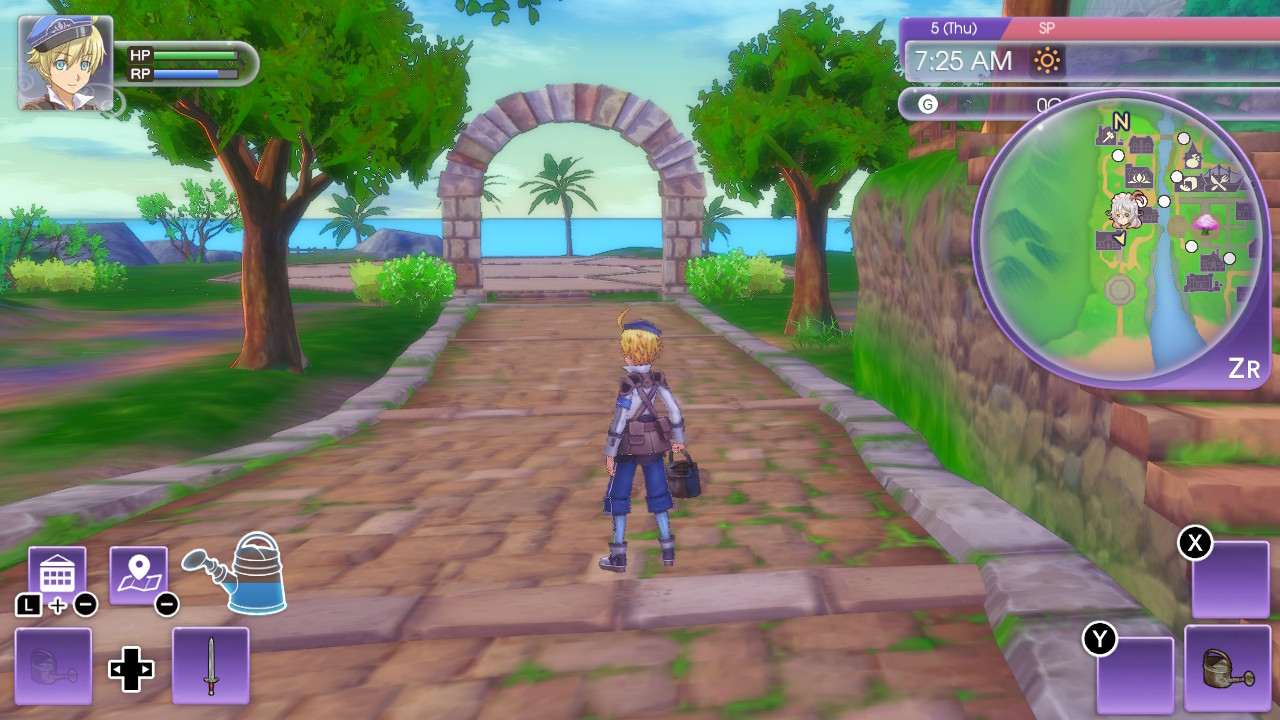
The Nintendo Switch might struggle with more demanding games, but there’s no reason Rune Factory 5 should lack textures and have pop-in issues as it does, let alone the same framerate problems that plagued the original Japanese release in 2021. Those performance issues are disappointing, especially after Pioneers of Olive Town also released in a rough state last year, but one of the biggest issues is how it affects boss battles.
Rune Factory 4’s bosses have clearly telegraphed moves, but the battles are still tense and require careful timing and a good grasp of the weapon system. Rune Factory 5’s 3D models move so sluggishly and the animations take so long that you have ample time to escape and even start attacking the boss before they finish their own move. Boss fights are more of a tedious hindrance than an actual challenge or anything to look forward to.
There are a number of other minor issues too, including floaty and imprecise movement and big but empty and simplistic dungeons.
It’s a bit of a letdown, especially since Rune Factory is a combat farm-sim hybrid, but the farm-sim side is strong enough to carry the rest of the game — despite being nearly identical to Rune Factory 4’s.
You still have an overwhelming number of skills with their bewildering level-up requirements — “love magic” levels up when you throw enemies with the fist weapons, for example — villagers grow to love you if you spend time with them, and you’ll raise monsters instead of normal livestock.
Most of your farming takes place on the new Farm Dragons, essentially elemental-themed farms in the sky where you enjoy larger fields or more crop planting. It’s a bit annoying not having all your farm goods right outside your home, but you can feed the dragons special crystals to augment the weather and save time, create ideal growing conditions, or both.
This is all very much a case of “if it ain’t broke, don’t fix it.” Maybe Rune Factory’s special blend of social simulation, farm work, crafting, and home decoration could be improved or even revolutionized after a decade, but perhaps Marvelous opted to introduce the series to a brand new audience before doing anything daring.
Longtime fans may find it disappointing, especially considering the lack of endgame content, though there’s such a sense of coziness and warmth to the formula, it’s hard not to get wrapped up in it anyway.
Rune Factory 5 Review: The Bottom Line
Pros
- Superb cast of excellently written characters.
- Still the same cozy Rune Factory farm loop.
- Finally adds same-sex marriage.
- Fun and worthwhile festivals.
- It gives us Palmo.
Cons
- Story follows RF4‘s beats a bit too closely.
- Poor performance.
- Still the same Rune Factory loop.
- No endgame content.
- Tedious dungeons and slightly pointless boss fights.
It’s been 10 years, but I wish Rune Factory 5 had been delayed for a bit longer. The jump to 3D was inevitable, though more time and polish could have made a significant difference. The cast and daily life are still superb, beyond Rune Factory 4 in some instances, but there’s a distinct sense that Rune Factory 5 wasn’t finished growing before it was harvested.
[Note: XSEED provided the copy of Rune Factory 5 used for this review.]

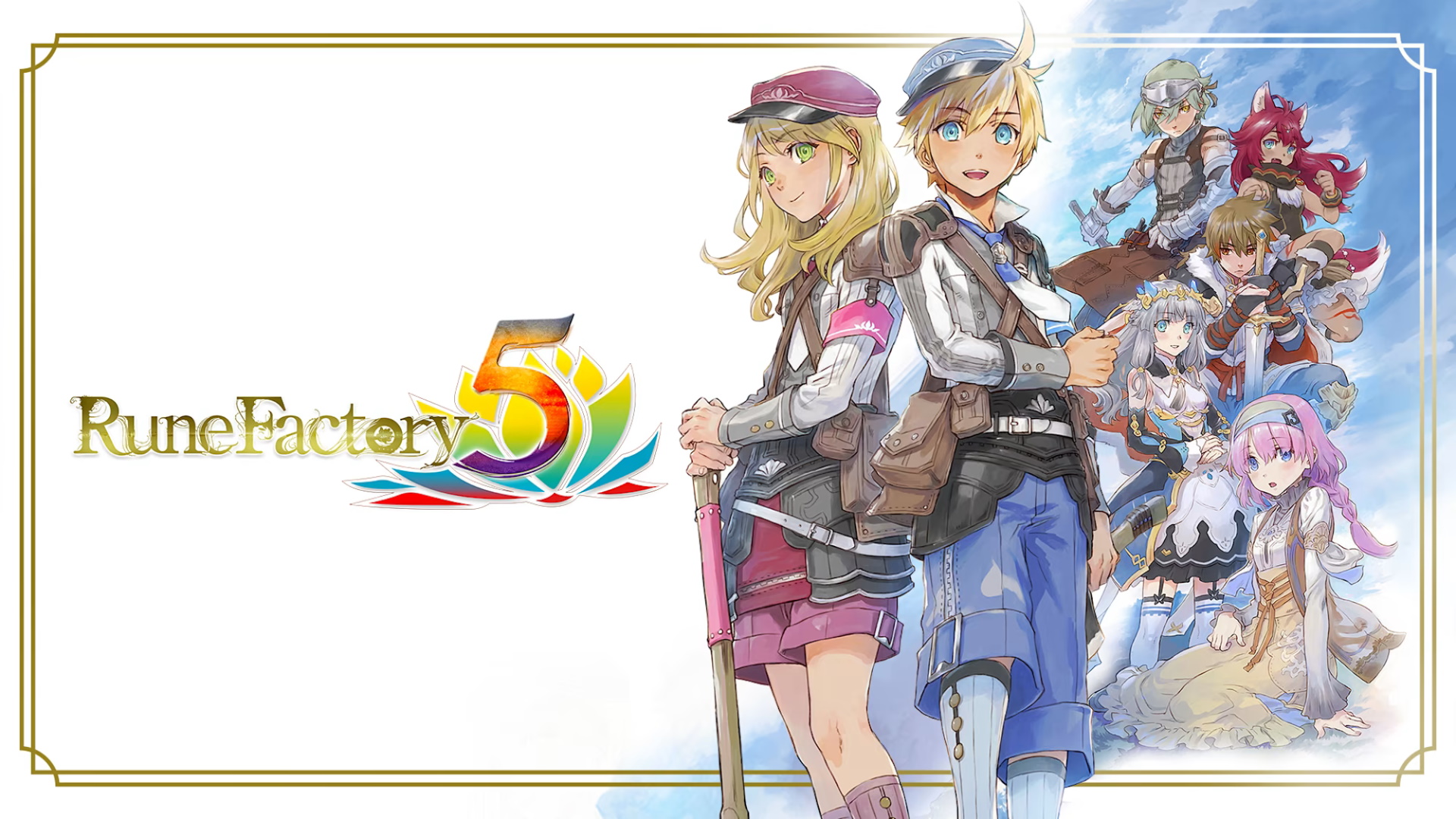
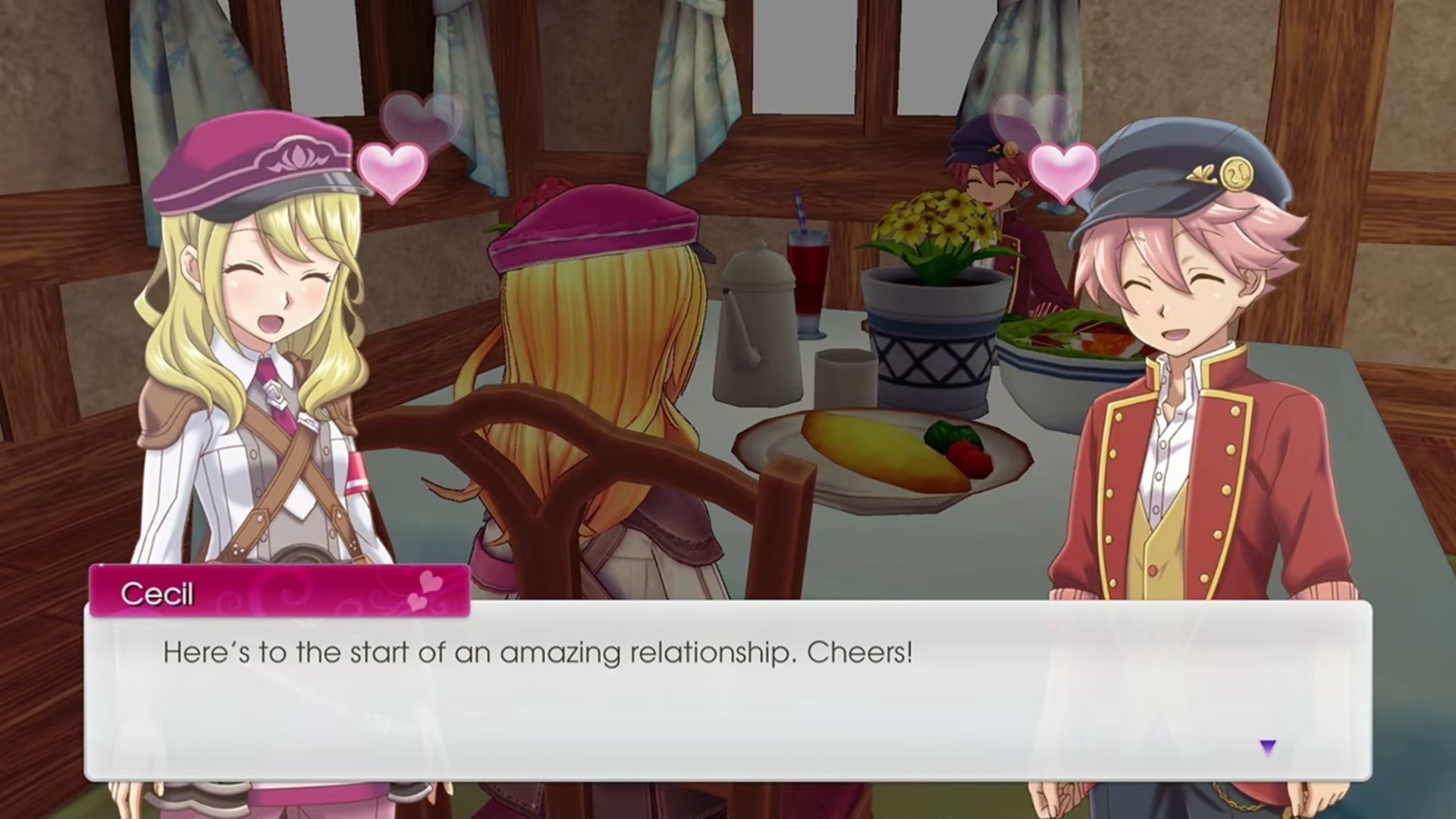
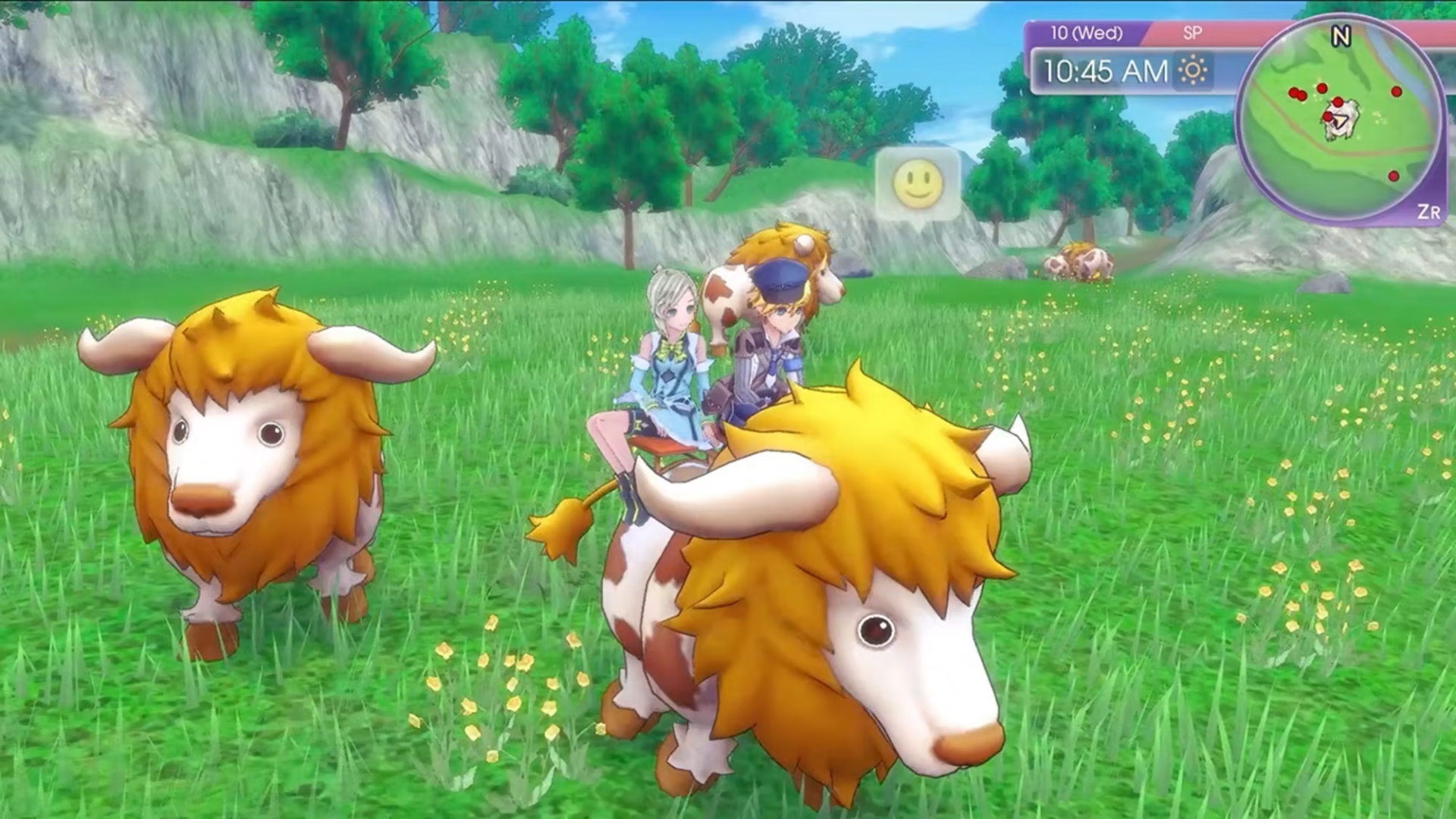
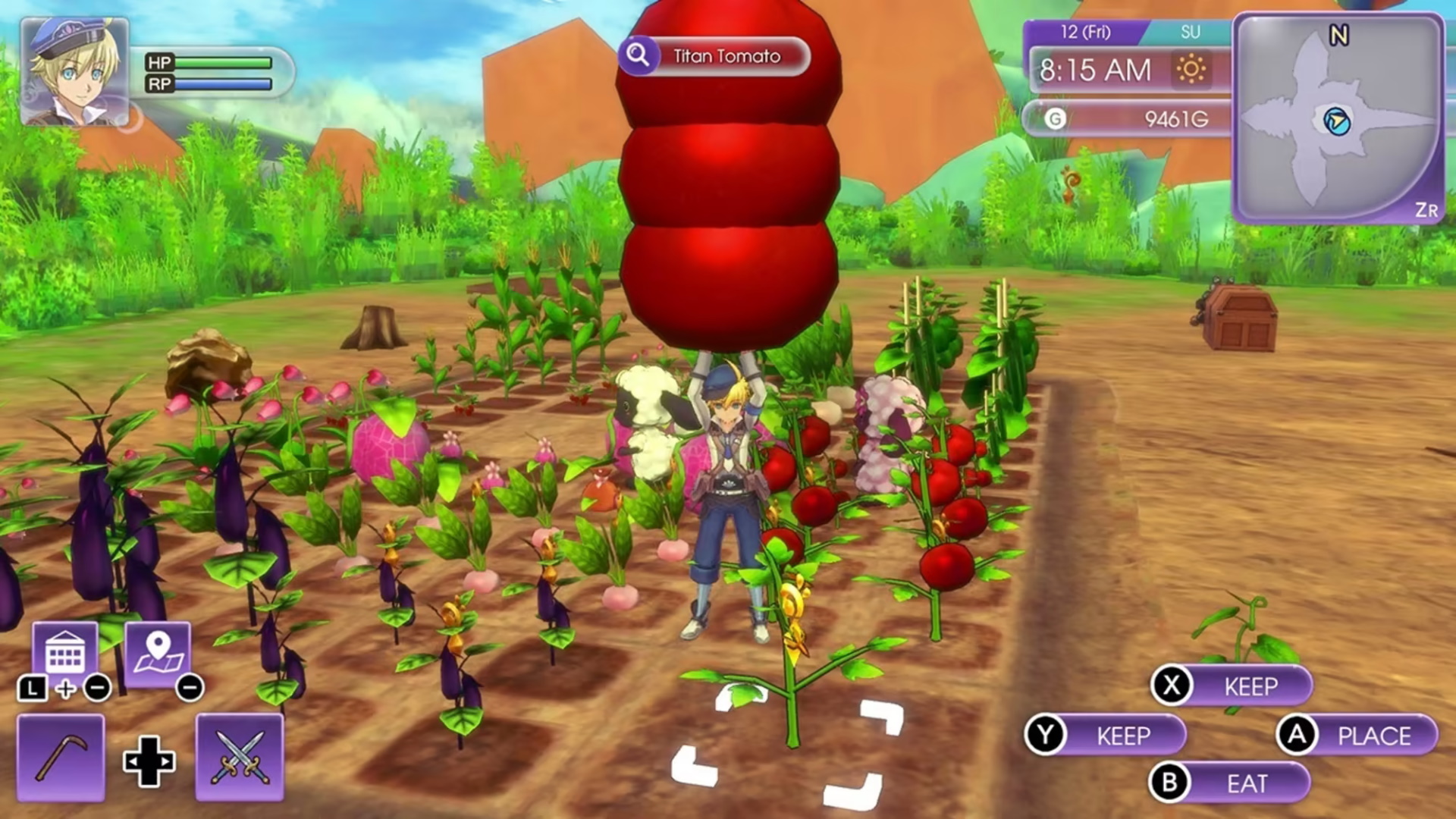





Published: Mar 22, 2022 09:57 am